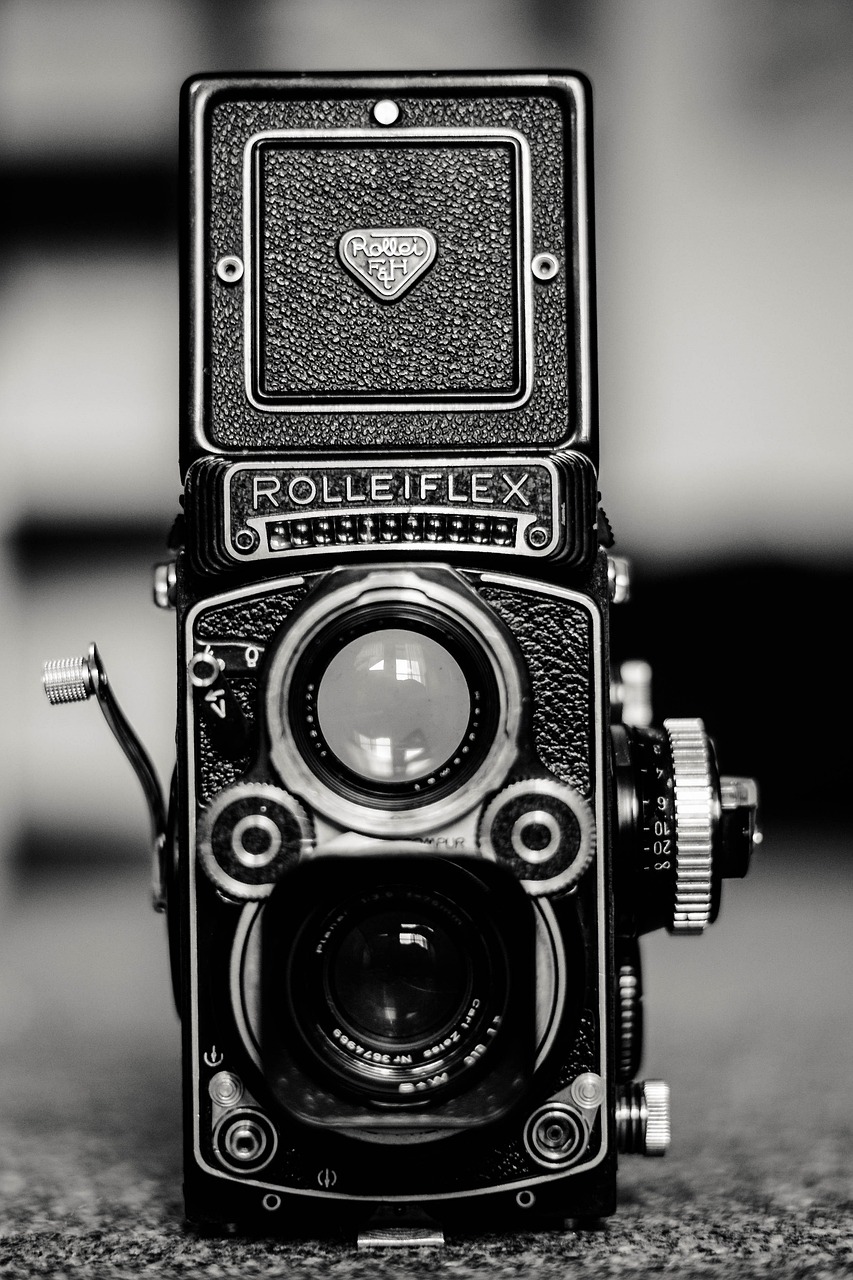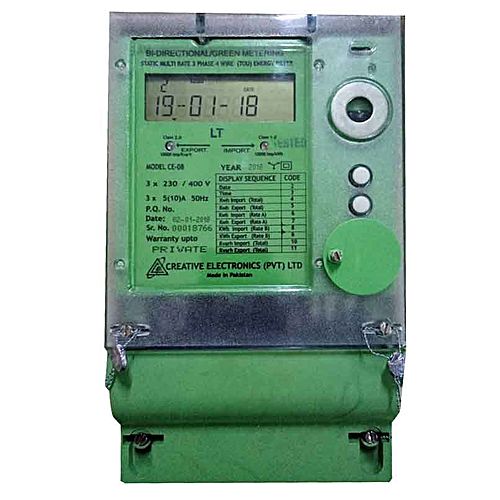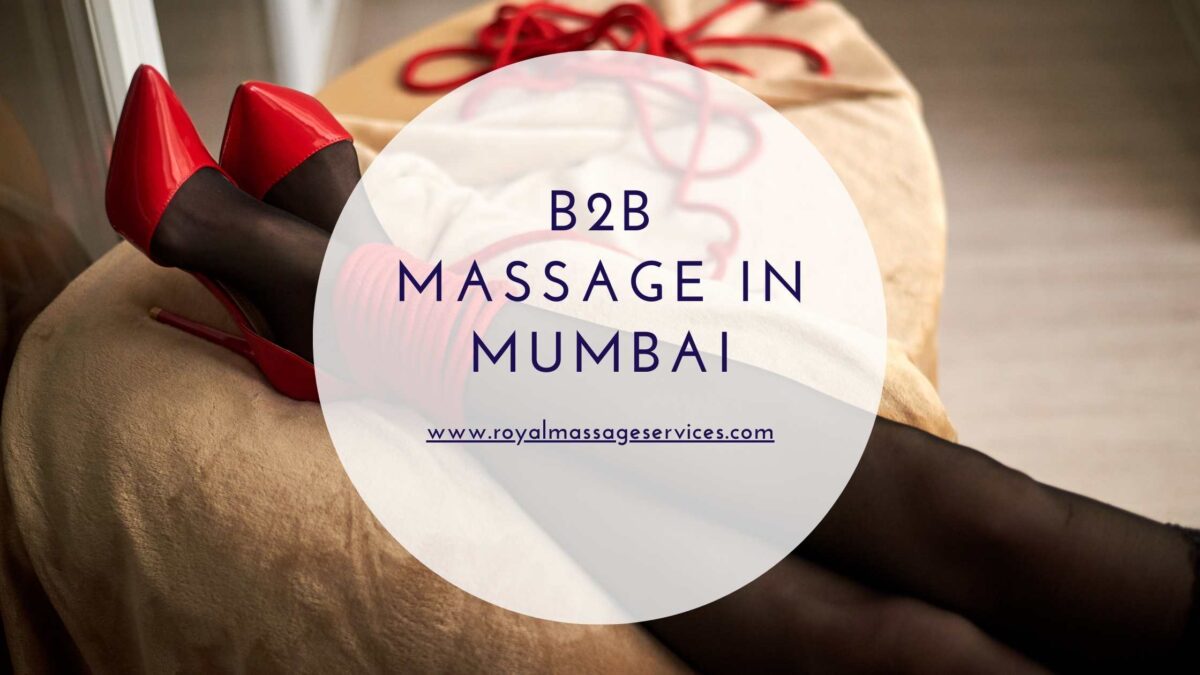Photography Fundamentals: What You Didn’t Know About ISO

Photography is an art form that involves mastering various technical aspects to capture stunning images. Among these technical elements, ISO plays a crucial role, yet it’s often misunderstood or overlooked by amateur photographers. In this article, we’ll delve into the fundamentals of ISO and uncover some lesser-known facts that can significantly enhance your understanding and improve your photography skills.
Introduction to ISO
At its core, ISO (International Organization for Standardization) determines the sensitivity of your camera’s sensor to light. In simpler terms, it dictates how bright or dark your images will appear. Understanding ISO is essential because it directly impacts exposure, alongside aperture and shutter speed.
Understanding ISO
ISO is represented by a numerical value, typically ranging from 100 to 6400 or higher, depending on your camera’s capabilities. The lower the ISO number, the less sensitive the sensor is to light, resulting in finer image details and less noise. Conversely, higher ISO settings make the sensor more sensitive, which can introduce noise or graininess, especially in low light conditions.
ISO in Low Light Conditions
In challenging lighting situations, such as indoors or at night, increasing the ISO can help achieve proper exposure without relying solely on longer shutter speeds or wider apertures. However, it’s crucial to strike a balance between ISO, aperture, and shutter speed to avoid overexposure or excessive noise.
ISO and Image Quality
While higher ISO settings provide flexibility in low light environments, they also come with a trade-off in image quality. Images captured at high ISOs may exhibit noticeable noise, reducing overall clarity and sharpness. To mitigate this, photographers often opt for lower ISO settings whenever possible and utilize noise reduction techniques during post-processing.
Noise Reduction Techniques
To minimize the adverse effects of high ISO, photographers employ various noise reduction techniques. This may include using noise reduction algorithms in-camera or utilizing software programs like Adobe Lightroom or Photoshop for more precise adjustments. Additionally, shooting in RAW format provides greater flexibility in post-processing, allowing for more effective noise reduction without sacrificing image quality.
Choosing the Right ISO
Selecting the appropriate ISO setting depends on several factors, including available light, desired image quality, and intended creative outcome. As a general rule, aim for the lowest ISO possible to maintain optimal image quality while ensuring proper exposure. However, don’t hesitate to increase ISO when shooting in low light conditions or when faster shutter speeds are required to freeze motion.
Creative Use of ISO
Beyond its technical function, ISO can also be used creatively to achieve artistic effects in photography. For example, intentionally introducing graininess by using a higher ISO setting can add texture and mood to your images, enhancing their visual impact. Experimenting with different ISO settings allows photographers to explore unique creative possibilities and develop their distinctive style.
ISO Myths Debunked
Despite its importance, ISO is often surrounded by myths and misconceptions. One common myth is that lower ISO settings always produce better image quality. While lower ISOs typically result in less noise, modern cameras are capable of producing excellent results at higher ISOs with minimal noise, especially in well-lit conditions. Understanding the limitations and capabilities of your camera’s sensor is key to dispelling such myths and making informed decisions when selecting ISO settings.
Conclusion
In conclusion, mastering ISO is essential for achieving optimal exposure and image quality in photography. By understanding how ISO works and its impact on your images, you can effectively control light sensitivity to capture stunning photographs in various lighting conditions. Remember to strike a balance between ISO, aperture, and shutter speed, and don’t shy away from experimenting with different ISO settings to unleash your creative potential.
FAQs
- What is the ideal ISO setting for outdoor photography?
- The ideal ISO setting for outdoor photography depends on factors such as available light and desired image quality. In well-lit outdoor environments, a lower ISO (e.g., ISO 100 or 200) is typically recommended to minimize noise and maximize image detail.
- Can I adjust ISO while shooting in manual mode?
- Yes, you can adjust ISO manually in most cameras, including when shooting in manual mode. This allows for greater control over exposure settings and enables you to adapt to changing lighting conditions on the fly.
- How does ISO affect video recording?
- ISO affects video recording in a similar manner to still photography, influencing the overall brightness and noise levels of the footage. Higher ISO settings may be necessary in low light situations, but careful consideration is needed to maintain optimal image quality.
- Is it better to have a high ISO or low ISO?
- The choice between high and low ISO depends on the lighting conditions and desired outcome of the photograph. Generally, a lower ISO produces cleaner images with less noise, while higher ISO settings are necessary in low light situations to achieve proper exposure.
- Can I fix grainy images caused by high ISO in post-processing?
- Yes, grainy images caused by high ISO can be improved through post-processing techniques such as noise reduction. Software tools like Adobe Lightroom offer specific features designed to reduce noise while preserving image detail, allowing you to salvage photos captured at higher ISO settings.











